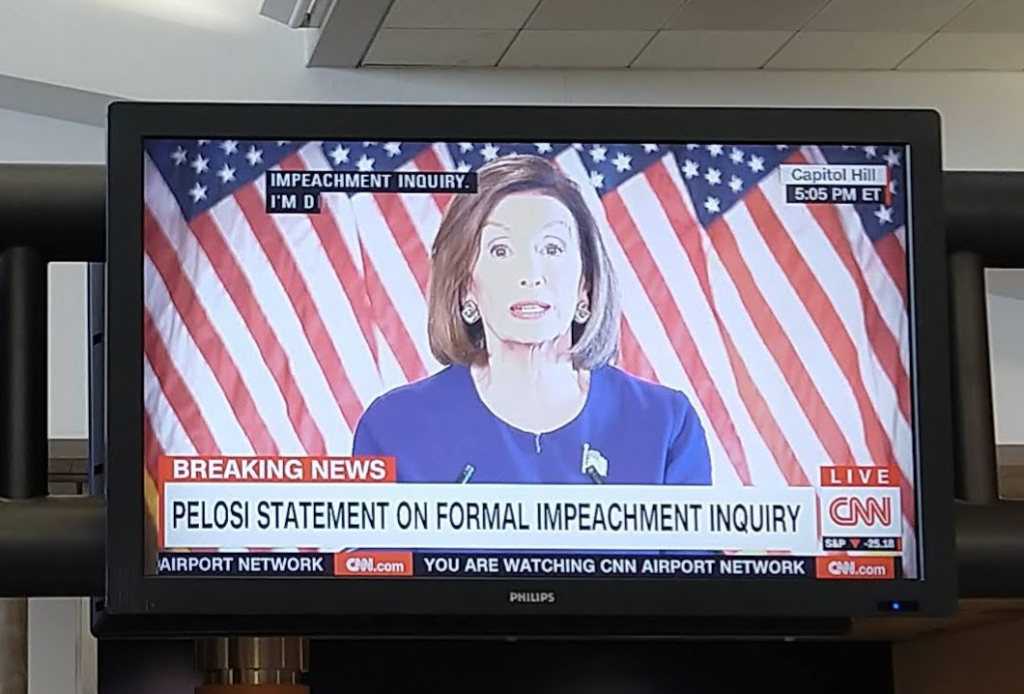- Orchestral Study #1 (flowing and hymn-like)
- Orchestral Study #2 (driving and chaotic)
- Orchestral Study #3 (adagio with melisma)
- Orchestral Study #4 (allegro)
- Orchestral Study #5 (variations)
- Orchestral Study #6 (space)
- Orchestral Study #7 (dialogue)
- Orchestral Study #8 (toccata)
- Orchestral Study #9 (seven interludes)
- Orchestral Study #10 (rupture, slowed down and from different angles)
- Orchestral Study #11 (a crowd, disassembled)
- Orchestral Study #12 (thesis)
I approached this a little lost after #9 because its abundance of ideas in a way drained my creativity. But then a line in Piston’s Orchestration got me started, from the section “Types of Texture – Type VII, Complex” where he describes how the previous discussed types of texture–unison, melody, counterpoint, chords, etc.–can be combined simultaneously. In detailing examples of the complex type, he described a section of Rite of Spring as a “tapestry of sound.” He then organized the 31 parts in that section (page 9 of the edition he cites) into 11 groups of greater and lesser importance, emphasizing the subjectivity of that grouping and the utility of the exercise for becoming more proficient in orchestration.
I did not go in that direction (and honestly don’t think I’m quite ready).
The intent then became a piece with the structure: complex stacked chords, then melody, then twittering chaos in woodwinds (cf. #2 starting at measure 44). But plans develop as ideas become concrete, and the melody I wrote was completely abandoned, and I adjusted a bit as new ideas developed.
- Quiet, spare opening statement, percussion
- A section
- Stacked chords, heavy dissonances
- Stacked chords, oboe solo with clarinet accompaniment, arrhythmic
- B section
- Stark change, build up from spare silences
- The aforementioned “twittering chaos”
- A section, return
- Return to chord progression from #2, quieter, more consonant, and with reduced orchestration
- Progressing to white noise and end
I feel like my percussion writing, although using the same timpani/cymbal/triangle (minus snare), has gotten more nuanced since I started using percussion in #8. The twittering chaos is very satisfying to write but takes exhausting focus (“I love having written but hate writing” amirite?). It feels like there are dozens of rules I’ve learned from writing this piece concerning dissonance and instrument combination, but that they are more internalized than they are expressible. It’s also becoming more apparent, from the last couple of pieces, that I’m writing for MIDI orchestra and not orchestra orchestra. That is an issue, without learning the instruments and having actual ears-on sessions, that may be un-fixable.
I’ve thought impressionism and minimalism for next month, but not sure.
orchestral-study-10